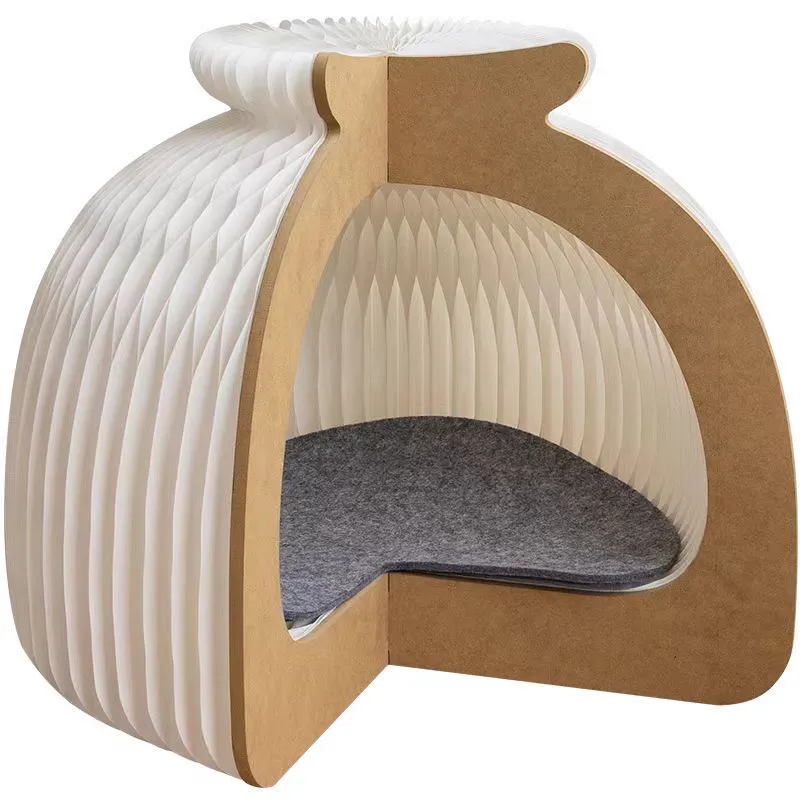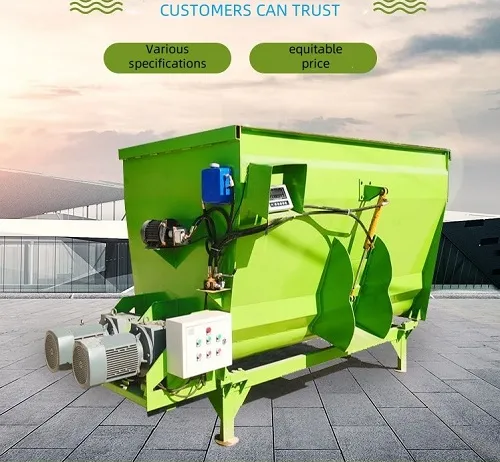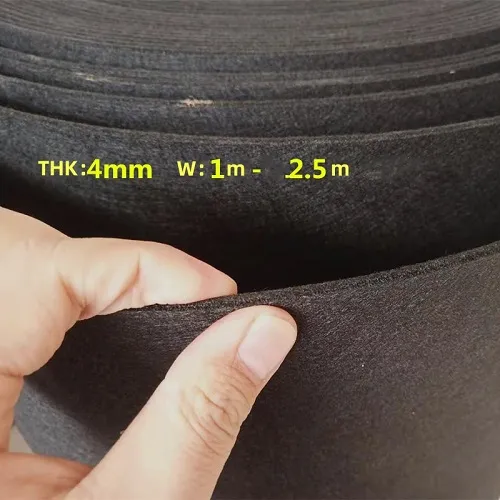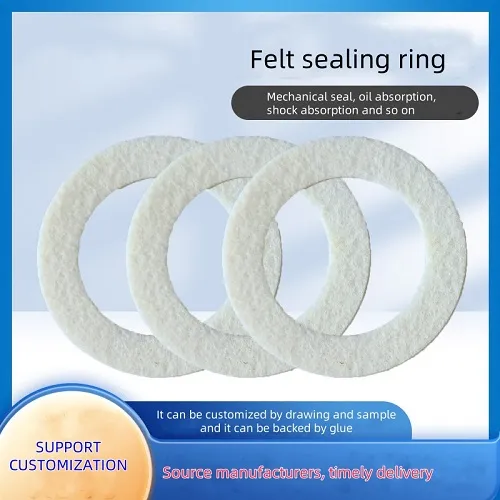Exploring the Benefits and Applications of Automotive Felt Materials in Vehicle Manufacturing and Design
Automotive Felt Materials An Essential Component in Vehicle Manufacturing
In the modern automotive industry, the focus on enhancing vehicle performance, safety, and comfort has led to the exploration of various materials and technologies. Among these materials, automotive felt has gained prominence due to its unique properties and versatile applications. This article delves into the significance of automotive felt materials, their types, functions, and the benefits they bring to vehicle manufacturers and consumers alike.
What is Automotive Felt?
Automotive felt is a specialized textile material made from natural or synthetic fibers, typically bonded together through a process of needling, pressing, or chemical treatment. These materials are often derived from wool, polyester, or other fibers, which contribute to the felt’s lightweight, durable, and insulating qualities. The manufacturing process can be tailored to achieve specific characteristics such as thickness, density, and surface texture, making automotive felt suitable for a range of applications within vehicles.
Types of Automotive Felt
There are several types of automotive felt materials, each designed for specific purposes. Some of the most common varieties include
1. Acoustic Felt This type of felt is primarily used for sound absorption and vibration dampening. It helps reduce noise levels inside the cabin, enhancing the overall driving experience. Acoustic felt can be found in areas such as door panels, wheel arches, and engine compartments.
2. Thermal Insulation Felt Used to control heat transfer, thermal insulation felt is crucial for maximizing energy efficiency in vehicles. It prevents excessive heat from entering or escaping the cabin, contributing to passenger comfort and reducing the workload on the vehicle’s heating and cooling systems.
3. Felt for Interior Trim This variety of felt is often employed in the interior of vehicles, including headliners, seat backs, and trunk liners. It provides a soft touch, enhances aesthetics, and contributes to the overall weight reduction of the vehicle.
4. Fire-Resistant Felt Safety is paramount in automotive design, and fire-resistant felt materials play a vital role in ensuring passenger protection. These felts are treated with flame-retardant chemicals to minimize the risk of combustion in the event of a fire, making them essential for components such as insulation and interior lining.
automotive felt material

Benefits of Automotive Felt Materials
The use of automotive felt materials in vehicle production offers numerous advantages
1. Weight Reduction Lightweight materials are essential for improving fuel efficiency. Automotive felt can replace heavier components in vehicles, contributing to overall weight reduction without compromising safety or performance.
2. Enhanced Comfort By reducing noise and vibrations, felt materials create a quieter and more comfortable interior environment, elevating the overall driving experience for passengers.
3. Design Flexibility Automotive felt can be easily shaped and tailored to meet various design specifications, allowing manufacturers to innovate and create aesthetically pleasing interiors without sacrificing functionality.
4. Sustainability Natural wool-based felt materials are biodegradable and renewable, aligning with the automotive industry’s increasing focus on sustainability and eco-friendliness.
5. Safety Features The integration of fire-resistant felt enhances the safety of vehicle interiors, providing peace of mind for manufacturers and consumers alike.
Conclusion
Automotive felt materials represent a crucial innovation in the automotive sector, marrying performance, comfort, and sustainability. As the industry continues to evolve, the role of these versatile materials is likely to expand. The ongoing development of advanced felt technologies will not only support the manufacturing of safer and more efficient vehicles but also enhance the overall experience for consumers, making automotive felt a fundamental component in the future of automotive design and engineering.
-
What Makes Felt a Great Choice?NewsNov.19,2024
-
Total Mixed Ration (TMR) Feed for CattleNewsNov.19,2024
-
The Ultimate Guide for Felt Polishing WheelsNewsNov.19,2024
-
Industrial Felt for Various ApplicationsNewsNov.19,2024
-
Felt Makeup Bags and Inserts BagsNewsNov.19,2024
-
Choosing the Right Hotel TowelsNewsNov.19,2024
-
Your Go-To Guide For Affordable Wholesale Wool FeltsNewsOct.31,2024







